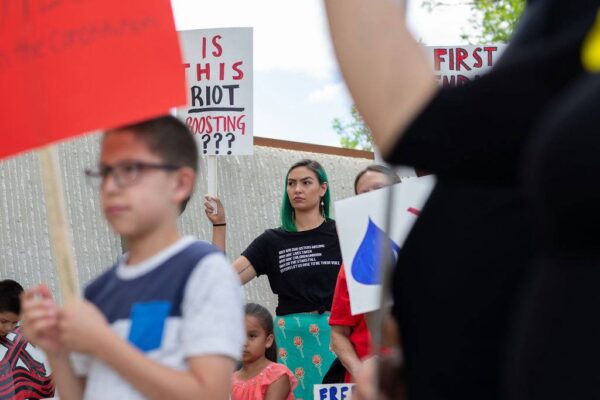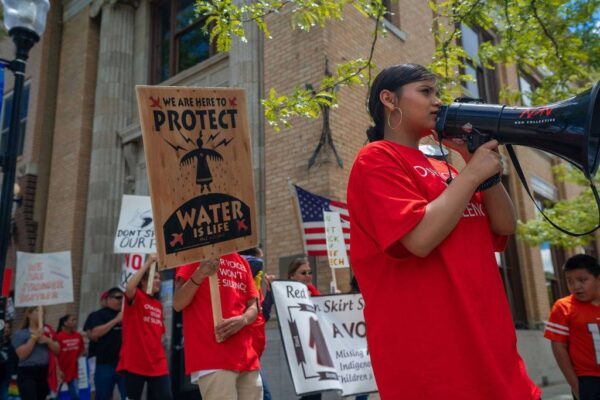The First Amendment guarantees people the right to peacefully assemble and protest. You have a constitutionally protected right to engage in peaceful actions in “traditional public forums” such as streets, sidewalks, or public parks. However, even in a public forum, the government can impose “time, place, and manner” restrictions on speech. The government, for example, may require permits for large protests or prohibit unreasonably loud demonstrations that disturb others.
Permitting policies and requirements vary from place to place, so check with the county or city where you wish to assemble or protest before doing so.
Restrictions on speech in a public forum are generally permissible as long as they are not based on content – what you are saying or protesting. The government cannot impose permit restrictions simply because it does not like the message of a certain speaker or group.
If, for example, you are planning a parade that involves closing down streets, a permit is almost always required. But a small march that stays on public sidewalks and obeys traffic signals often does not require a permit.
Generally, you have the right to distribute literature, hold signs, and collect petition signatures while on sidewalks or in front of government buildings as long as you are not disrupting other people or government proceedings, forcing passersby to accept leaflets, or causing traffic problems.
Drumming, dancing, singing, and chanting are all protected First Amendment activities. Street performers, mimes, or puppeteers also have the right to express themselves in public, subject to reasonable conditions.
Federal and state governments can limit setting up camps on public land. Similarly, tribal governments can limit access to their tribal and reservation lands. If the camp is on private land, any restrictions are subject to the landowner.
Limitations on Action
Water protectors who engage in civil disobedience – peaceful but unlawful activities as a form of protest – are not protected under the First Amendment and can be arrested.
If you endanger others while protesting, you can be arrested. An action that blocks vehicular or pedestrian traffic is illegal without a permit and you can be arrested. This conduct is not protected by the First Amendment.
You do not have the right to block a building entrance or physically harass people.
You generally do not have the right to engage in speech activities on private property without the consent of the property owner. You do not have the right to remain on private property after being told to leave.
There are different laws with respect to tribal lands. Every tribe has its own laws that govern its members and conduct on tribal lands. Tribes can create partnerships with local or federal law enforcement agencies and those agencies can be granted criminal authority to arrest or cite non-Native people on tribal land. Tribes maintain civil jurisdiction over everyone who willing enters their lands. If you are on tribal lands, check with tribal authorities if you have a question about an action or protest.
Relevant South Dakota Criminal Laws and Penalties
There are many laws that may be applicable to individuals who engage in protest activities in South Dakota. The ACLU of South Dakota does not believe that these laws are applicable to peaceful protest, but it’s important for you to be aware that these criminal statues exist in our state. Please do not, however, rely on this list to decide whether a proposed action is legal or not.
Related Content

Riot boosting? Incitement to Riot? What you need to know if you’re planning to protest.
Stay Informed
Sign up to be the first to hear about how to take action.
By completing this form, I agree to receive occasional emails per the terms of the ACLU’s privacy statement.
By completing this form, I agree to receive occasional emails per the terms of the ACLU’s privacy statement.

